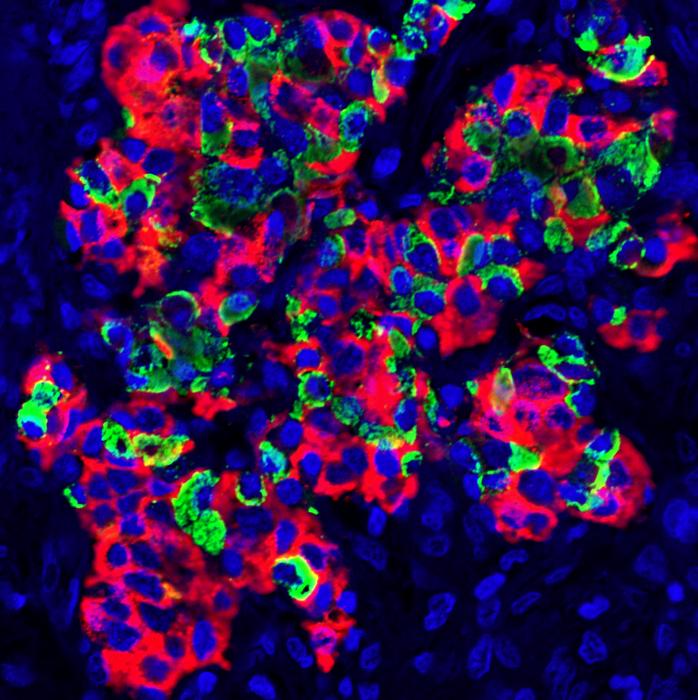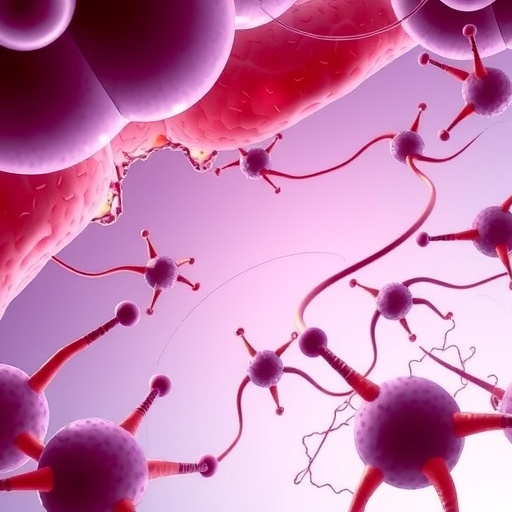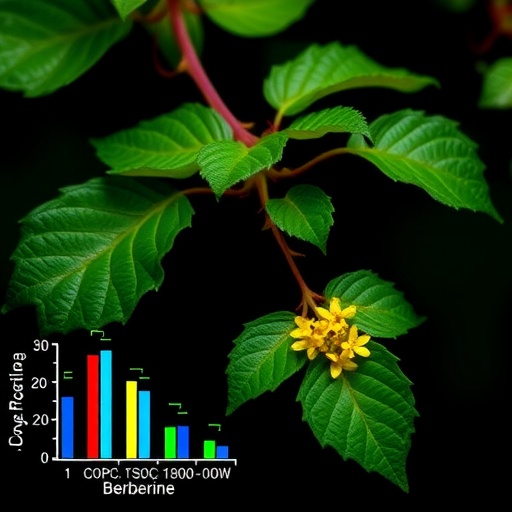In a landmark advancement poised to transform the field of regenerative medicine, scientists from Wenzhou Medical University, Nanjing University, and the University of Macau have unveiled a novel approach that harnesses the spleen as an internal bioreactor for organ regeneration. Published recently in Science Translational Medicine, this pioneering research redefines the spleen’s function beyond its traditional immunological role, opening new avenues for treating chronic conditions such as type 1 diabetes through in vivo organogenesis.
Traditionally regarded as a lymphoid organ primarily involved in blood filtration and immune surveillance, the spleen has long been underestimated for its regenerative potential. The research team, led by Professors Lei Dong and Jian Xiao, challenged this dogma by engineering a microenvironment within the spleen that supports not only cell survival but also functional maturation of transplanted human islets. This approach circumvents two critical obstacles that have historically limited the success of islet transplantation: poor cell survival due to inadequate extracellular support and immune-mediated graft rejection.
At the core of their innovation lies the deployment of sophisticated immunomodulatory nanoparticles designed to reprogram the spleen’s microenvironment. These nanoparticles enhance the extracellular matrix, promote angiogenesis, and create an immunosuppressive milieu, which collectively orchestrate a niche conducive to islet engraftment and functionality. By modifying the spleen’s local immune responses and tissue architecture, the researchers converted this once overlooked organ into a bioengineered hub where transplanted cells can not only survive but integrate and proliferate.
This reprogramming effort facilitated the survival and functional maturation of human islet tissues inside the spleens of cynomolgus macaques, non-human primates that serve as an essential preclinical model. Remarkably, the spleen exhibited compatibility with both xenogeneic (human) and allogeneic (animal) cell sources, underscoring the platform’s versatility and its potential to address organ shortages through cross-species transplantation strategies. This breakthrough signals a new paradigm, wherein the spleen is utilized as a living factory to cultivate organ-specific cells within the host, minimizing the complications associated with external organ transplantation.
The biological rationale for selecting the spleen is rooted in its intrinsic characteristics. Its porous and spacious architecture can accommodate billions of cells, providing a structurally supportive scaffold. Moreover, the spleen’s direct blood flow into the liver’s portal vein system offers a nutrient-rich, physiologically relevant environment akin to natural developmental settings for islet cells. Finally, the organ’s capacity to undergo remodeling without compromising systemic homeostasis makes it an ideal candidate for repeated therapeutic interventions.
The research is not an isolated achievement but the continuation of a series of pioneering studies by the team. Earlier work demonstrated that mouse spleens could be reprogrammed to assume liver functions, exemplified in their 2020 Science Advances publication. Subsequently, in 2022, they successfully grew liver tissues in situ using gene-editing technologies, bypassing the need for exogenous cell transplantation. More recently, they rebuilt hormone-secreting thyroid tissues within animal spleens, showcasing the platform’s adaptability for diverse organ systems. This cumulative evidence solidifies the spleen’s role as a multi-organ regeneration factory within the mammalian body.
Clinically, the transition from experimental models to human applications will necessitate a stringent evaluation of biosafety, efficacy, and long-term functional outcomes. Immune tolerance, potential off-target effects of nanoparticle delivery, and sustained organ performance remain pivotal challenges to address. Nevertheless, this research fundamentally challenges prior assumptions about the spleen’s dispensability and harnesses its latent potential to redefine the future landscape of organ replacement therapies.
Professors Dong and Xiao’s vision encapsulates a transformative concept of the spleen—not just as an immune organ but as a versatile bioreactor embedded within the human body, silently manufacturing life-saving tissues on demand. Their method converges advanced nanotechnology, tissue engineering, and immunology in a highly sophisticated platform that could eventually eliminate the organ shortage crisis and revolutionize treatment options for diabetics and patients with organ failure worldwide.
This emerging paradigm aligns with the broader goals of regenerative medicine: to create endogenous platforms where damaged or deficient tissues are repaired or replaced within the patient’s own body, thereby reducing complications from immunorejection and improving quality of life. This study exemplifies the power of interdisciplinary collaboration and innovation, shining a new light on an organ once believed secondary but now revealed as a cornerstone for future regenerative therapies.
The scientific community and healthcare providers alike will watch closely as this research continues to evolve, with anticipation that it will catalyze a wave of organ bioengineering advances. The spleen, a long-overlooked player in systemic physiology, now stands at the cusp of transforming not only how we understand organogenesis but also how medicine approaches tissue failure, heralding a future where bespoke, in-body organ factories become a clinical reality.
Subject of Research: Animals
Article Title: Islet transplantation in immunomodulatory nanoparticle–remodeled spleens
News Publication Date: 21-May-2025
Web References: http://dx.doi.org/10.1126/scitranslmed.adj9615
Image Credits: Credited by Lei Dong/Nanjing University and Jian Xiao/Wenzhou Medical University
Keywords: Cell biology
Tags: angiogenesis promotionchronic disease treatmentextracellular matrix enhancementimmune modulation nanoparticlesimmunosuppressive microenvironmentin vivo organogenesisinnovative medical researchislet transplantation challengesorgan regeneration bioreactorspleen function redefinedspleen regenerative medicinetype 1 diabetes therapy





